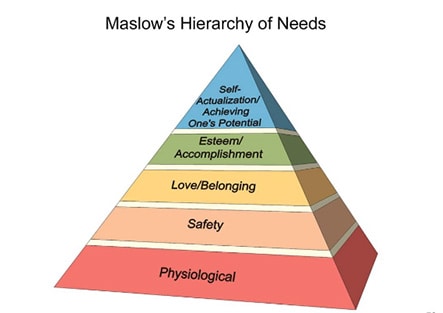How Leaders Can Cultivate a High Performing Team During Times of Uncertainty
Tap into your organization’s resilience through effective communication and planning.

In our COVID-19 world, organizations nationwide are facing unprecedented challenges – from network bandwidths, to “employee bandwidths,” to balancing the need to remain productive with ensuring the safety of staff. How should leaders respond when needs, constraints, and business dynamics are in flux?
During times of uncertainty, people are biologically and psychologically wired to respond with a swath of emotions, including panic, anxiety, and fear. No matter the circumstance, there is a natural tendency to “obsess over the outputs” (e.g., what we produce/deliver). This is especially true during difficult times, when failure can have higher consequences. However, attempting to tackle every issue at once can easily lead to burnout, a breakdown of trust within teams, and a decline in productivity.
With this in mind, Evans consultants have developed a planning tool to steer our clients in a more focused direction during challenging times. The tool allows team leaders to remain adaptable while leveraging the resiliency of their organization’s greatest asset – their people.
First Things First: Communication, Continuity, & Contingencies
To access the resilience and ingenuity of people, it is vital to tap into what they are thinking and experiencing through a dialogue of discovery. This is true whether you’re a CEO or a project manager.
If the goal of an organization is to sustain and improve performance despite an array of complicated challenges, dialogue should encourage the following near-term priorities: Communication, Continuity, and Contingencies. Communication across the organization will manifest practices and tools needed to ensure continuity of organizational performance. Communication will also highlight potential areas of impact or risk that require contingency planning.
Discussion Starters
To successfully engage in contingency planning, Evans consultants have developed two customizable pathways to encourage dialogue that is not only necessary during uncertain times, but could also prove useful during times of stability.
Using these pathways, leaders and managers can move beyond conversations focused solely on outputs (i.e., the bottom line that reflects success) and broaden discussions to include inputs – the human element that makes organizations successful.
The two customizable pathways, which are designed for both independent and interdependent use, include:
- Path A: Encouraging performance in a virtual work environment
- For organizations that have relocated from the corporate office to the home office, this path involves active discussion of which communications tactics work best by sharing success stories, best practices, lessons learned, and opportunities. It also allows for focused dialogue that encourages innovation and performance improvement.
- Path B: Addressing areas of concern amidst uncertainty
- This path preserves continuity and contributes to contingency planning by identifying the matters of greatest concern in a manner that balances organizational inputs with organizational outputs.
To facilitate these processes, we have developed two matrices to help guide your conversations within Path A and Path B. Each matrix provides discussion points that address each path’s fundamental goal. While these discussion points are applicable to most organizations, it can be customized to reflect your organization’s unique needs and priorities. To generate maximum value from this tool, your organization should use both Path A and Path B, in that order.
When used together, both paths encourage dialogue about issues within a team or a leader’s control. They also help identify the people and mechanisms needed to resolve concerns and help to prioritize and delegate next steps. If organizations are truly unified in this effort, a broad spectrum of views and contributions will be thoughtfully considered. For best results, these discussions should be conducted by an effective facilitator with a small team of diverse perspectives (including, but not limited to, decision-makers.)
These pathways may not solve all of your concerns, but they will help identify and prioritize them while making decisive action less daunting and more inclusive. Ultimately, solutions will come from the awareness, engagement, and ingenuity of the people closest to the obstacles being encountered.
Organizations have an opportunity to enhance performance as we transition to a “new normal.” While the outputs will not cease to occupy the mind, downplaying or ignoring the value of inputs is detrimental to long-term success.


